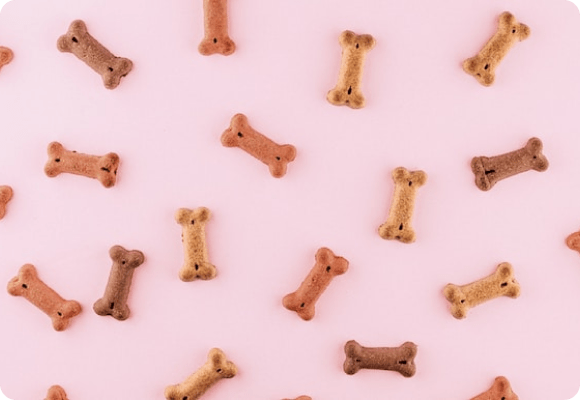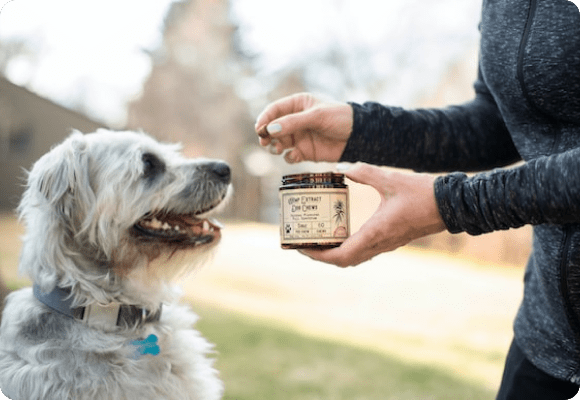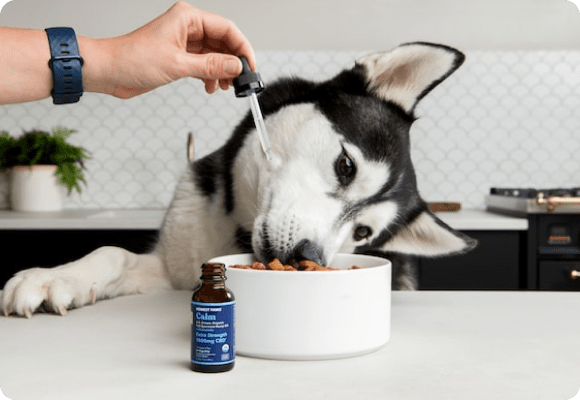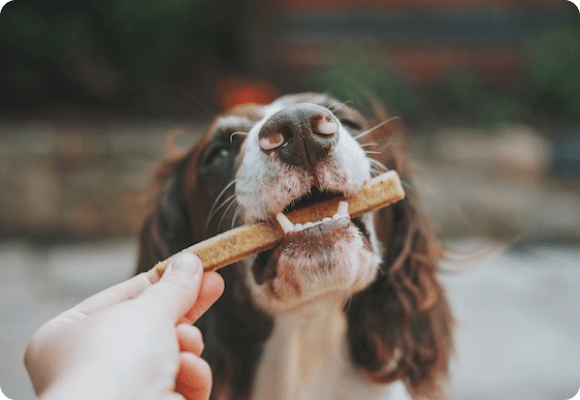Rottweiler Dog Breed Facts: History, Health Traits, and Characteristics

Table of Contents
Rottweiler Breed Card
Rottweiler Breed Overview
Group
Working Dog
Height
22-27 inches tall
Breed Recognition
Yes
Weight
80-135 pounds
Country of Origin
Germany
Personality
Affectionate, Loyal, Protective
Lifespan
9-10 years
Shedding
Moderate
Rottweiler History
The Rottweiler breed originated in Rottweil, Germany, after the Romans left the region in the 2nd century. The Roman army required strong, durable working dogs, and they bred Rottweilers from mastiffs.
In German, these dogs are referred to as Rottweiler Metzgerhund. Initially, the main purpose of these large dogs was to herd livestock and haul carts with meat in them. That’s why they were also referred to as butcher’s dogs and working dogs.
It wasn’t until the mid-19th century that railways took over this task instead of the German Rottweilers. Rottweiler dogs have grown in popularity over the years to become one of the most popular large breeds of dogs in the U.S.
In today’s society, Rottweilers are commonly used as guard dogs, watchdogs, police dogs, and even search and rescue dogs. Beyond being used for these purposes, Rottweilers also make great protective family companions.
Rottweilers were recognized as a dog breed by the American Kennel Club (AKC) in 1931.
Cost ✅
COST LEVEL
Low End: $1500
High End: $2500
Rottweiler Physical Traits
General Appearance💡
Rottweilers are a large and muscular dog breed that range up to 27 inches at shoulder level. They have a shiny black coat with rust-colored markings on the face, legs, and chest. Most Rottweilers have large heads, heavy bones, and bulky frames. Rottweiler puppies are born with long, curved tails, broad noses, and big nostrils.
The Rottweiler is a large dog breed with a frame that exudes strength and endurance.
The skull is broader between the ears and is medium in length. They have a forehead line that is a bit arched, with a well-developed occipital bone. In relation to the cranial region, the muzzle shouldn’t be too long or short. Rottweilers have a straight nasal bridge, starting broader at the base and tapering slightly.
The lips and gums of Rottweilers are black. The jaws are exceptionally strong, and they should have a total of 42 teeth. Eyes should be medium in size and dark brown. The eyelids shouldn’t droop, and the ears should be triangular-shaped and medium in size. The skin throughout the head should fit tightly, with a bit of crinkling when they’re on high alert.
Rottweilers have strong, slightly arched necks. The back is also strong, and the loins are muscular and deep. They have a well-built chest and sprung ribs.
Front legs are straight, and shoulders are laid back. The forearms are muscular, and the feet are round in shape. The nails are short, the pads are durable, and the rear legs aren’t very close together. The upper and lower thighs are also very muscular and strong, with the hind legs being longer in comparison to the front feet.
Rottweilers have a straight trot type of gait that’s balanced.
Size & Weight ❤️
Height: 24-27 inches
Weight: 95-135 pounds
Height: 22-25 inches
Weight: 80-100 pounds
Coat & Color
Eye Color
Dark brown
Coat Color
Black outer coat with rust or mahogany-colored markings
Coat Length
Medium
Coat Texture
Coarse
Rottweiler Temperament and Personality
Rottweilers have calm and courageous personalities. They have a wait-and-see-what-happens type of approach to new situations or people. Around the family, they are exceptionally affectionate. Rottweilers aren’t overly excitable, and they have a strong desire to protect the ones they love.
Most male Rottweilers are on the quieter side while always staying on the watch for people they care about. Female Rottweilers are also highly intelligent and medium to high-energy dogs that love to learn. They require a fair amount of mental stimulation, and it helps to bring them to obedience training.
Kid Friendly?
GOOD WITH KIDS
Bad Idea
Excellent Nanny
Yes, Rottweilers are kid-friendly.
Rottweilers love being around children, especially ones that they were raised around. Because Rottweilers are so large and strong, ensure to supervise them when there are children around. Due to their weight, sometimes they can accidentally knock lightweight objects over without even knowing it.
Rottweilers can sometimes get irritated by loud noises, and if your Rottie sees your children play fighting, they might think someone is in danger.
Good with Other Pets?
GOOD WITH PETS
Bad Idea
Friendly Socialite
Yes, Rottweilers are good with other pets.
The majority of Rottweilers get along just fine with other pets, especially the ones they were raised with. Some have been reported to show predatory behavior to cats, while some are also a bit aggressive to other dogs of the same gender.
Like all types of dog training, it’s best to start when your Rottweiler is younger. Early socialization will help your Rottweiler to accept other pets, whether they’re in your family or not.
Barks a Lot?
BARKING LEVEL
When Neccessary
Noise Maker
No, Rottweilers don’t bark a lot.
Rottweilers are known to be very calm and quiet dogs, and a lot of Rottweiler owners seldomly ever hear their dogs barking. If there’s a good reason to bark, they generally will bark. Because Rottweilers only bark when there’s a purpose for it, it’s recommended to never ignore that bark.
They might bark when there’s an intruder, if they hear something out of the ordinary, if they want some attention, if they’re excited, and if they’re in pain.
Can Be Left Alone?
LEFT ALONE
Likes Being Alone
Sepration Anxiety
Yes, adult Rottweilers can be left alone for between 4 to 6 hours.
After around the 6-hour point, Rottweilers can begin to get lonely, and this loneliness can sometimes lead to destructive behavior. The time you leave a Rottweiler alone also depends on its age.
Younger Rottweiler puppies should only be left alone for no longer than 4 hours. They will require bathroom breaks, dog food, and daily exercise to keep them occupied.
Rottweiler Training
Once you bring a Rottweiler home, training goals should be listed, and one of the important goals is their behavior while new people are in the home. Introducing your Rottweiler to new people and environments at a young age will expose them to a variety of different situations and get them used to new things. This will ensure they don’t negatively react to these types of situations later on in life.
Rottweilers should be potty trained at around the 5-8 week mark. Ensure to keep designated towels around the home where they can go to the bathroom. In addition, provide them with ample opportunities to go outside. Crate training can help with teaching your Rottweiler good bathroom habits.
At around eight weeks, you should start doing leash training with your Rottweiler. Get them acquainted with having a collar or harness around them, and encourage them to follow your direction while walking. Once your Rottweiler becomes more comfortable with a leash, you can proceed to teach new activities like small agility obstacles or how to jump over small objects.
While you’re teaching your dog these things, address any unwanted behaviors as they occur. Discourage things like biting, growling, and guarding. Consistency is key when you’re correcting unwanted behavior. Don’t allow them to do something one time and then reprimand them the next. This can create confusion.
Rottweiler Needs
Rottweilers are very smart dogs, and they need several things to keep their mind and body active. Ensure to stay consistent with your routine. Rottweilers require an experienced dog owner that will be attentive to their needs.
They need positive reinforcement, and through that, their manners will grow better and better.
To stay happy and mentally stimulated, Rottweilers need a good amount of exercise every day. 1-2 hours a day is the recommended amount, and this might include a combination of playtime in the backyard and walks.
Nutritional Requirements
FOOD MOTIVATED
Picky Eater
Voracious Eater
Rottweilers are large, powerful dogs with a very high energy level and a tendency to become overweight. They require a diet of at least 30% protein and 15-20% fat, with the remainder of the calories coming from carbohydrates. Good sources of protein include herring, lamb, turkey, and chicken.
Avoid foods that contain BHA, Ethoxyquin, BHT, and a lot of sodium. As they are prone to gastric torsion (bloat), they should be fed 2-3 times a day. An active Rottweiler can consume up to around 2,100 calories a day.
Feeding your Rottie in this manner will help them stay lean, energetic, and disease-free. The USDA recommends that you feed a dog food specifically formulated for its size and activity level. Be sure to read the labels on any dog food before purchasing it.
Exercise & Activity Levels
ENERGY LEVEL
Couch Potato
Go-All-Day Stamina
To maintain a healthy lifestyle, it is important to provide your Rottweiler with enough time outdoors to play and get plenty of exercises. Regular outdoor activities also promote good dog-human interactions while reinforcing the bond between owner and pet.
The best form of outdoor exercise is often walking or hiking on trails with your dog. Rottweilers also do well with herding and tracking. It is important not to overdo it, though, as both humans and dogs can sustain injuries from too much exercise or improper physical fitness routines.
For indoor exercises, many people find that playing games like fetch indoors helps tire out their dogs. When inside, use lots of different chew toys and puzzle toys to keep your Rottweiler stimulated.
Grooming Needs
SHEDDING LEVEL
No Shedding
Shedding Machine
Rottweilers need weekly grooming because they have a straight, coarse coat with a medium-length outer coat and an undercoat on the neck and thigh regions. They are average shedders and will need brushing at least once per week to prevent matting.
Rotties should also be trimmed every six months to remove dead hair and keep their coat looking healthy. Brushing your Rottweiler before bathing will help keep dirt out of its hair and increase the effectiveness of shampooing. Bathing too frequently can cause dry skin, so limit baths to no more than three times per year.
Rottweilers typically shed twice a year. During these periods, you’ll most likely have to brush and bathe more often.
Rottweiler Average Lifespan
The average lifespan of a Rottweiler is around 9-10 years.
Commom Health Problems
- Hip Dysplasia: Hip dysplasia is when there is an abnormal growth on the thigh bone, which then causes arthritis or pain over time.
- Elbow Dysplasia: Elbow dysplasia relates to several conditions that affect the elbow joint. Diagnosis is made with x-rays and may require surgery for treatment.
- Eye Problems: Rottweilers are prone to certain eye problems like cataracts and progressive retinal atrophy.
- Heart Issues: Rottweilers can develop certain heart conditions like cardiomyopathy and subaortic stenosis. Symptoms include fatigue (especially during exercise), exercise intolerance, weight loss, and coughing.
- Willebrand’s Disease: This is an inherited disease that affects the dog’s ability to clot blood.
- Entropion: This condition causes the eyelids to roll inwards and can cause damage to the cornea and lead to ulcers. There are varying degrees of severity of this disease.
- Cancer: Cancer is one of the most prominent health issues that Rottweilers face. Bone cancer (osteosarcoma) is often seen by DVMs, and this is a malignant bone tumor that usually has a fatal prognosis.
- Bloat: This is torsion of the dog’s stomach and is relatively common in large breeds. The most common warning sign is drooling (excessive drooling can be an indicator of many different problems), followed by vomiting and difficulty breathing.
Recommended Health Tests
- Hip evaluation
- Cardiac exam
- JLPP DNA test
- Ophthalmologist evaluation
Tips for New Rottweiler Owners
After you’ve purchased your Rottweiler from a reputable breeder, there are several tips to keep in mind:
Tip 1
Find a Reputable Breeder: Finding a reputable Rottweiler breeder will prevent many of the genetic diseases that can occur to these dogs.
Tip 2
Get Puppy/Dog Supplies in Advance: Be prepared before your new Rottweiler pup comes home. Being prepared means getting food, treats, toys, a crate, bed, food & water bowls, and pads.
Tip 3
Early Socialization: Socialization is extremely important during the first couple of months of a Rottweiler’s life. Ensure to have your Rottweiler around children, other people, and other pets.
Rottweiler Similar Breeds
– Cane Corso
– Doberman Pinscher
– German Pinscher
Rottweiler Supplies You Need
Some of the more common things you need for a Rottweiler include a collar, a leash, a harness, and food bowls. You should also keep some grooming tools on your hands, such as shampoo, a brush, and a comb. If you are cutting your dog’s nails yourself, be sure to invest in some high-quality clippers and use them properly so that you don’t hurt your pet.
Most Rottweilers love to chew toys, but it’s recommended against giving any kind of stuffed animal toy that isn’t designed for that. They can rip up these types of toys very easily and ingest pieces which can lead to stomach blockages that may require surgery. Some recommended things your Rottweiler can chew are rawhide bones or sturdy rubber toys that don’t rip apart so easily.
In addition, it’s always recommended to keep a few balls around just in case the dog gets bored during the day when no one is home. A squeaky ball is good to have on hand because it attracts attention and encourages play.
A crate or kennel is another great investment because it will provide your dog with a place to feel safe and secure when they are not with you. Be sure that there is nothing sharp or toxic in the area where the crate or kennel will be located because this could pose a hazard if your Rottweiler happens to chew on any of these objects.
Best Dog Beds for Rottweilers

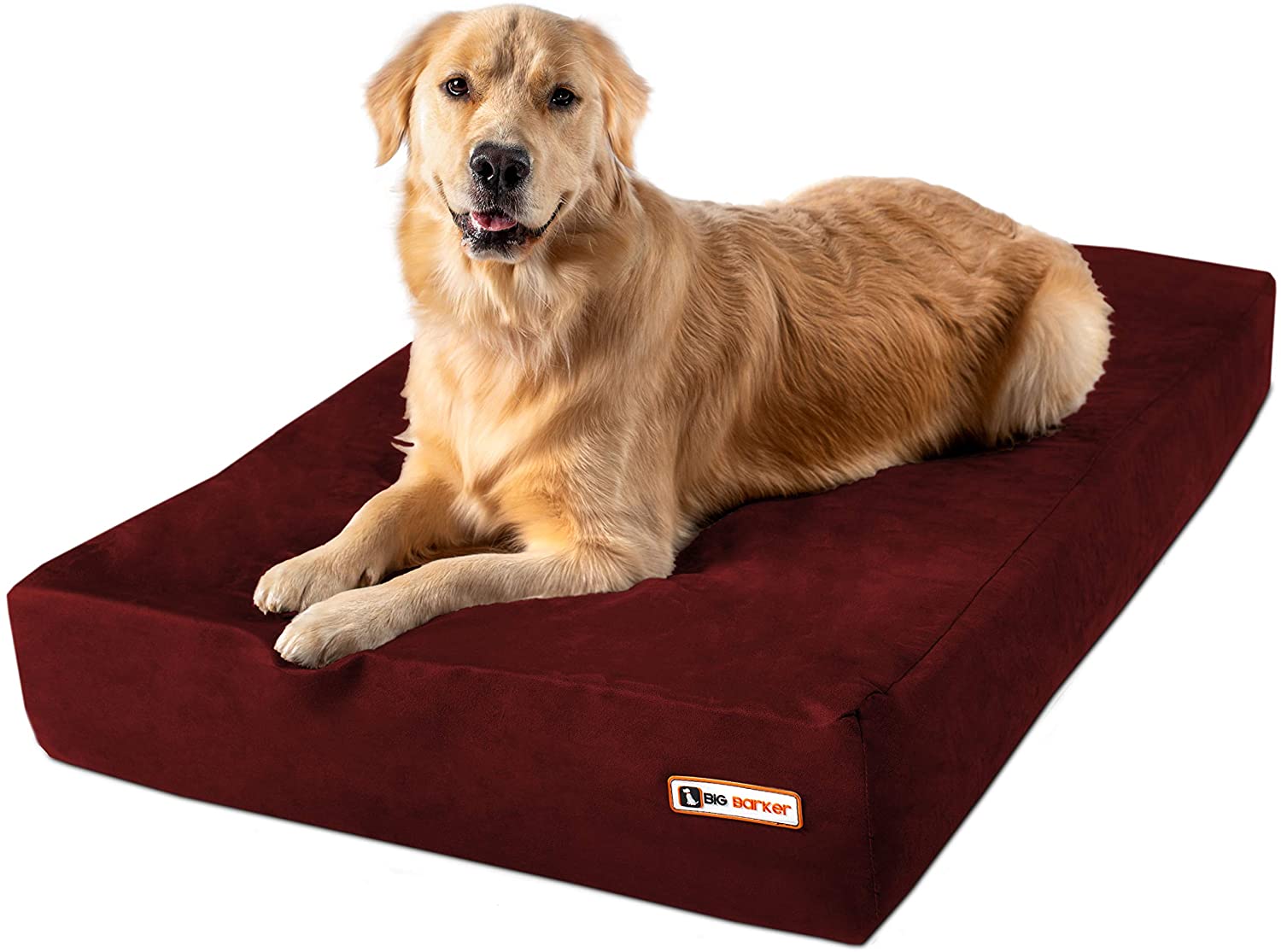
Best Dog Food for Rottweilers


Best Dog Supplements for Rottweilers

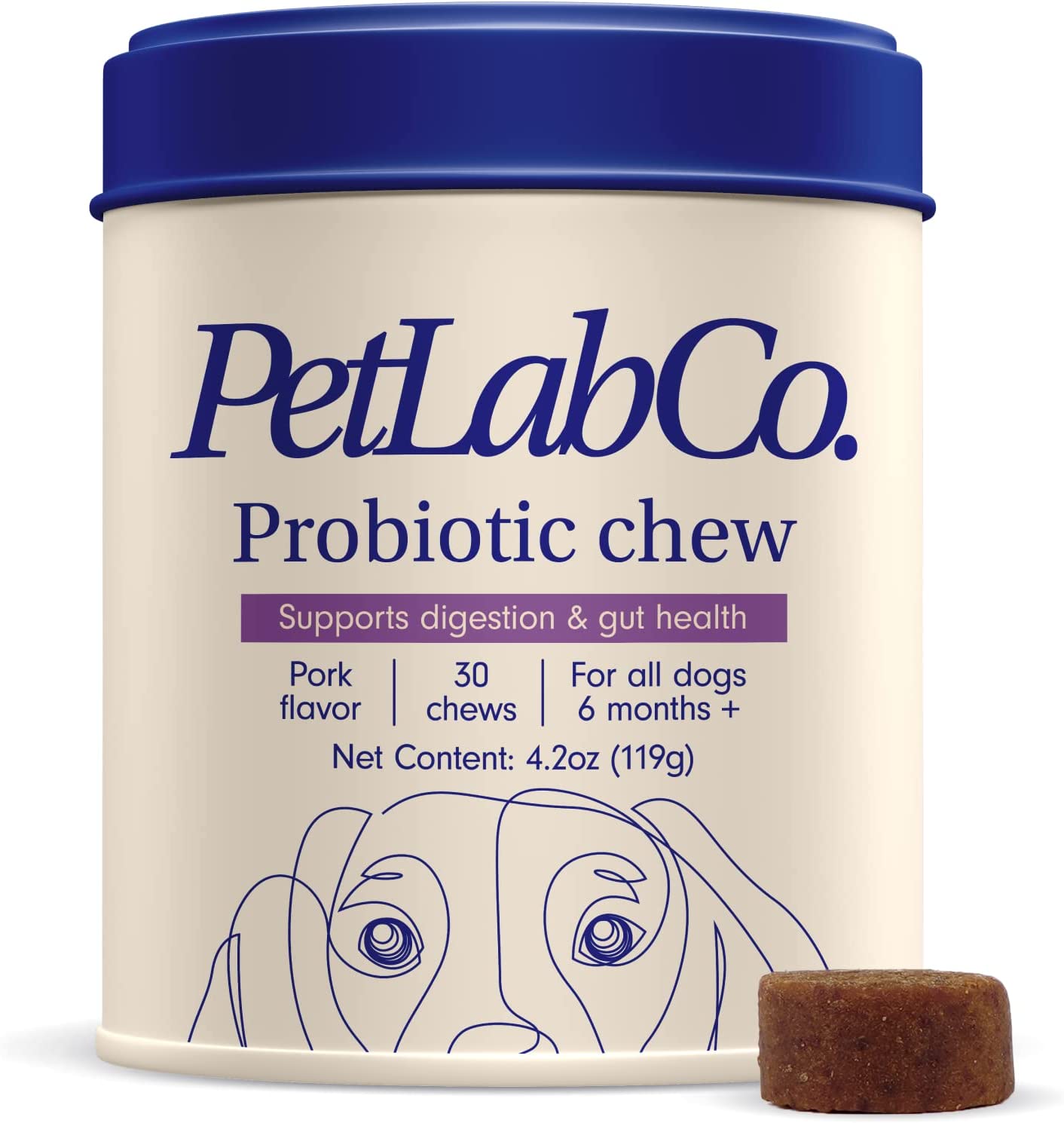
Rottweiler Fun Facts
Fun Fact 1
Rottweilers are award-winning therapy dogs.
Fun Fact 2
Rotties were originally used to protect cattle and other livestock. Then, In addition to protecting cattle, they also kept cattlemen’s money protected.
Fun Fact 3
Rottweilers are popular police dogs.
Fun Fact 4
Rottweilers enjoy leaning their body against people.
Fun Fact 5
The Rottweiler is a descendant of the Roman drover dog.
Why Trust Us?
This article was written by pet parents, for pet parents, and reviewed by our expert veterinary panel. We understand you want to ensure you are only using the best products to support your pet’s health and happiness. At onevet.ai our mission is to provide you with the most up-to-date information and resources you need on the products you buy for your pet.
Our specialized content team of writers, reviewers, and veterinarians analyzes all of the information for you and presents it in an easy-to-understand format. We independently research and test the best products so you can make an informed decision since your pet only deserves the best.


















